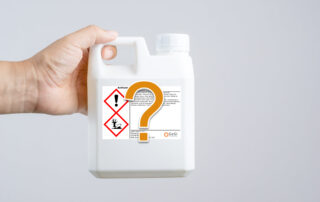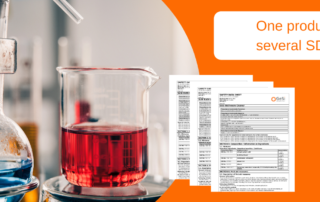What are Persistent Organic Pollutants (POPs)?
The term Persistent Organic Pollutants (POPs) has a very crucial role for a specific jurisdiction: the substances concerned are very critical for health and the environment on a global scale for various reasons. This is exactly why these pollutants are in focus not only at the European level, but also worldwide. Jurisdictions upon jurisdictions









